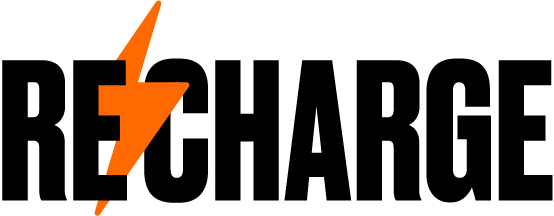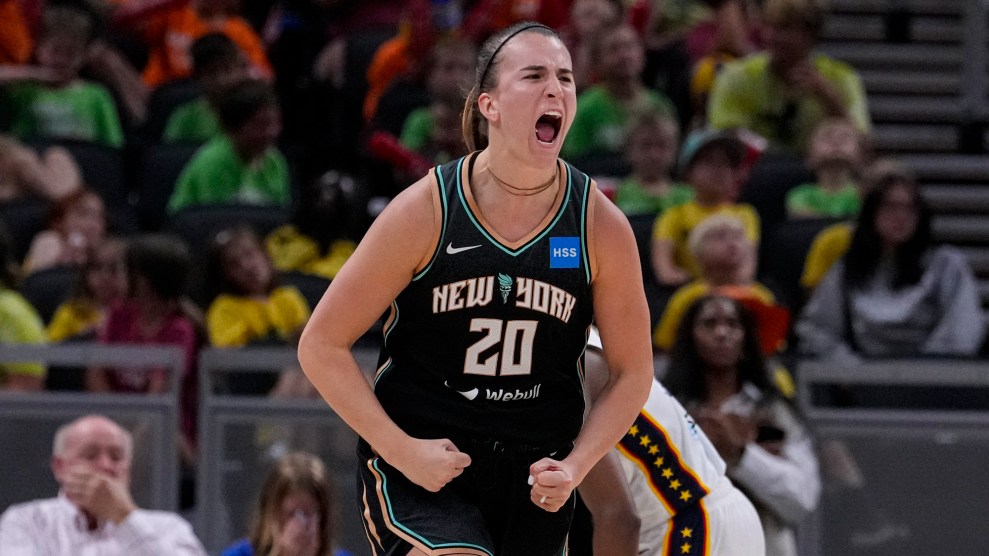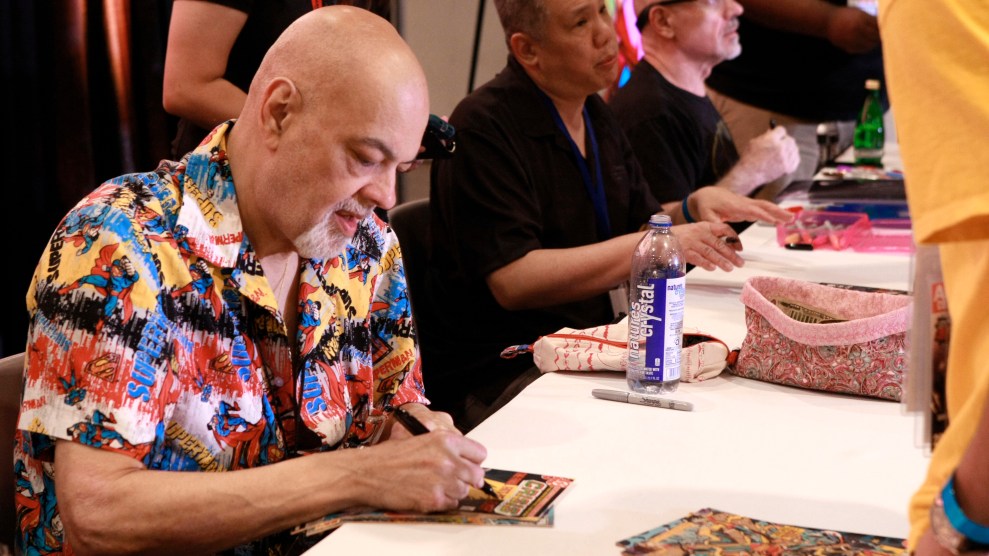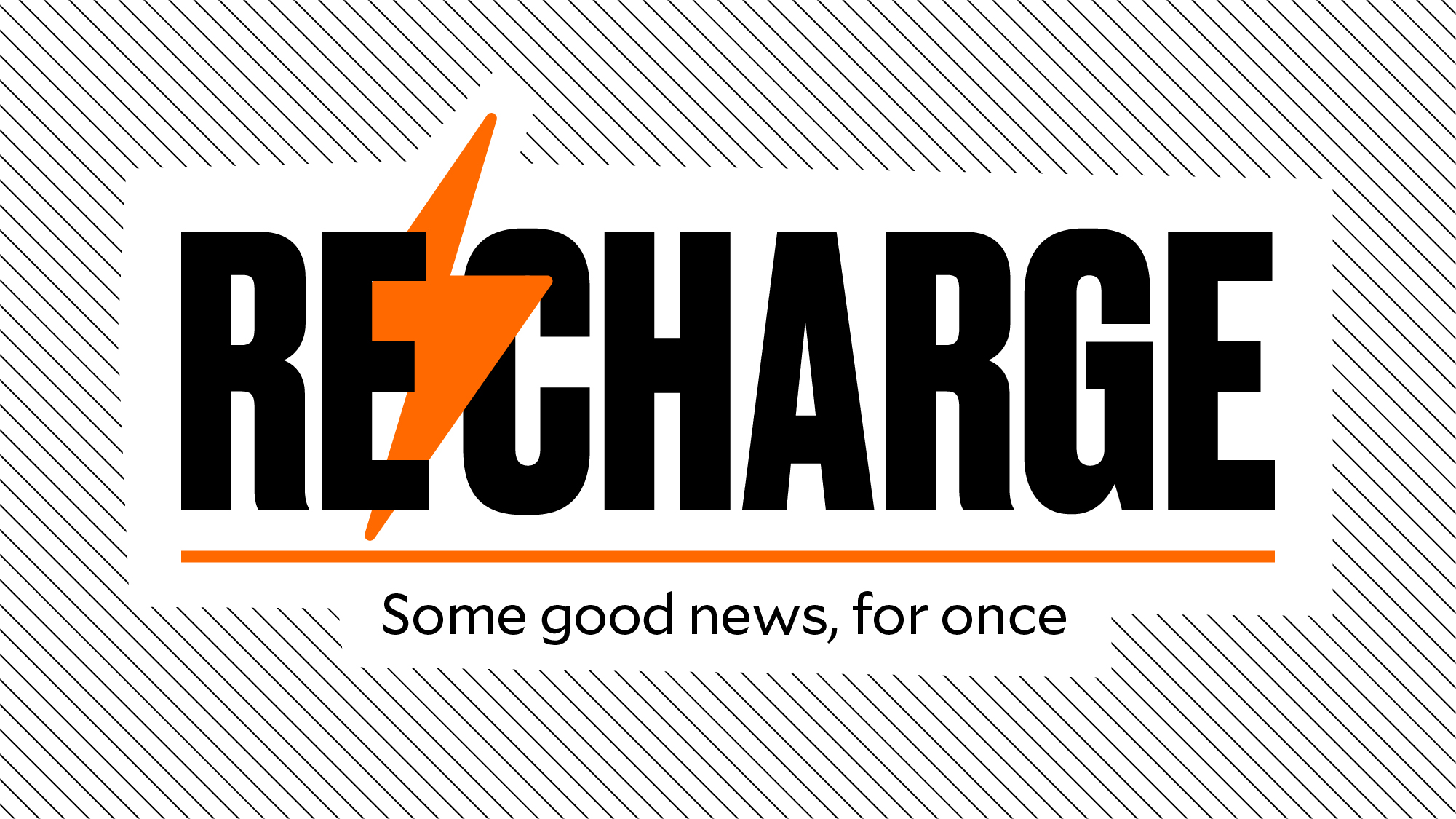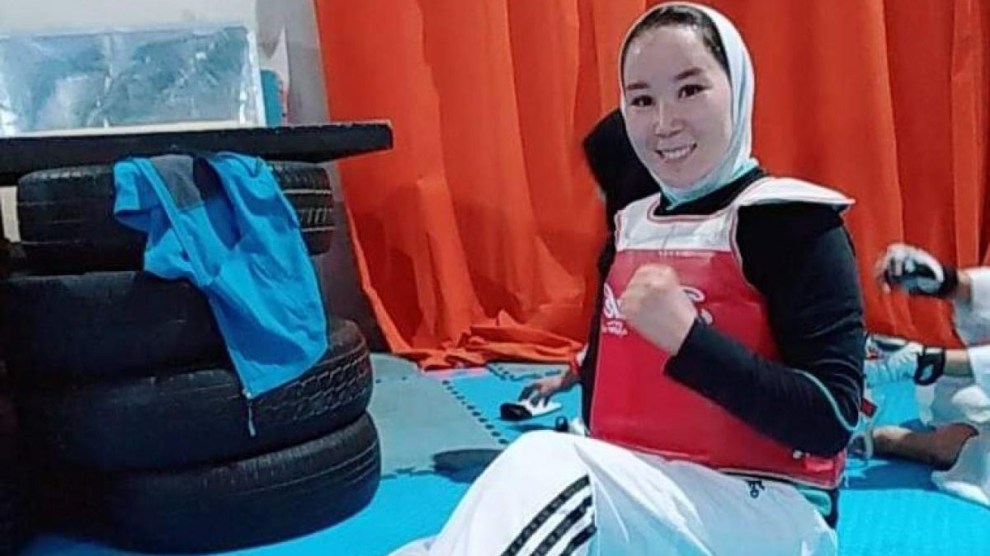
ND Prashant/International Paralympic Committee
As Afghanistan starts the week with dire developments, 23-year-old Zakia Khudadadi is forging ahead against a backdrop of unfolding crises at home: The taekwondo athlete is the country’s first woman to compete in the Paralympics in almost two decades. She’s in Tokyo now, set to appear on Thursday after having safely left Kabul on the strength of a videotaped appeal to international officials: “I request from you all that I am an Afghan woman and as a representative of Afghan women ask for you to help me” get to the Paralympics, she said in a recording that galvanized support.
“That announcement kickstarted a major global operation that led to their safe evacuation from Afghanistan…and now their safe arrival in Tokyo,” International Paralympic Committee President Andrew Parsons said in reference to Khudadadi and 26-year-old sprinter Hossain Rasouli. Their journey from Kabul to Paris to Tokyo came as officials scrambled to move them through a network of fixers. More from the New York Times this morning:
Many details of their journey have not been disclosed, and officials have said that the athletes will not be speaking to the news media during the Paralympic Games. Several attempts to evacuate the athletes failed, and Paralympic organizers have said that their eventual arrival in Japan involved multiple steps and the assistance of many organizations and governments.
As one athlete on the US wheelchair basketball team said, Paralympic Village is “one of the most accepting places on the planet.” For a bigger-picture look at the historical forces and rapidly escalating scenes facing women in Afghanistan right now, our colleague Madison Pauly has a sharp overview. And Mariel Padilla at The 19th has an insightful glimpse with more context.
